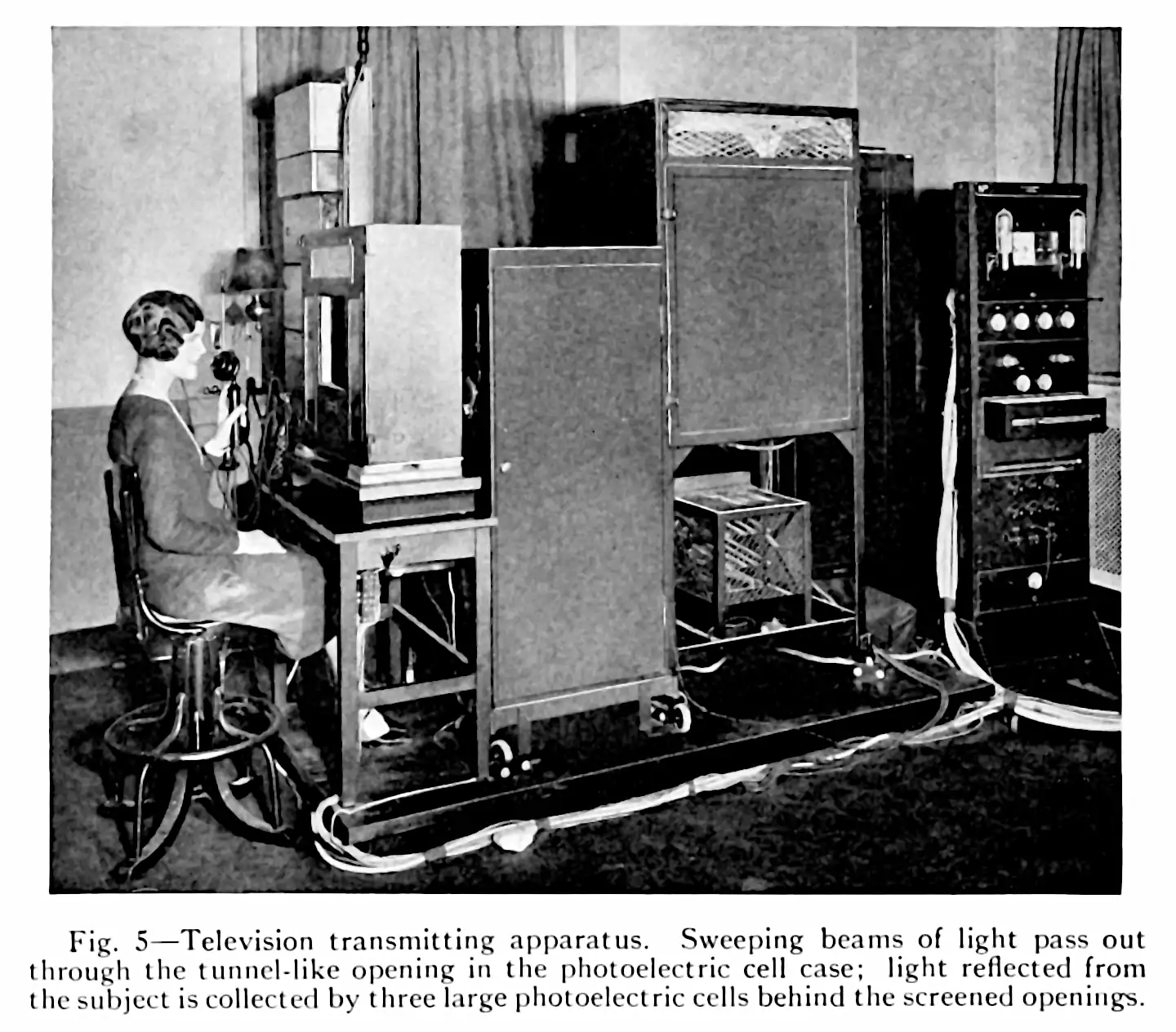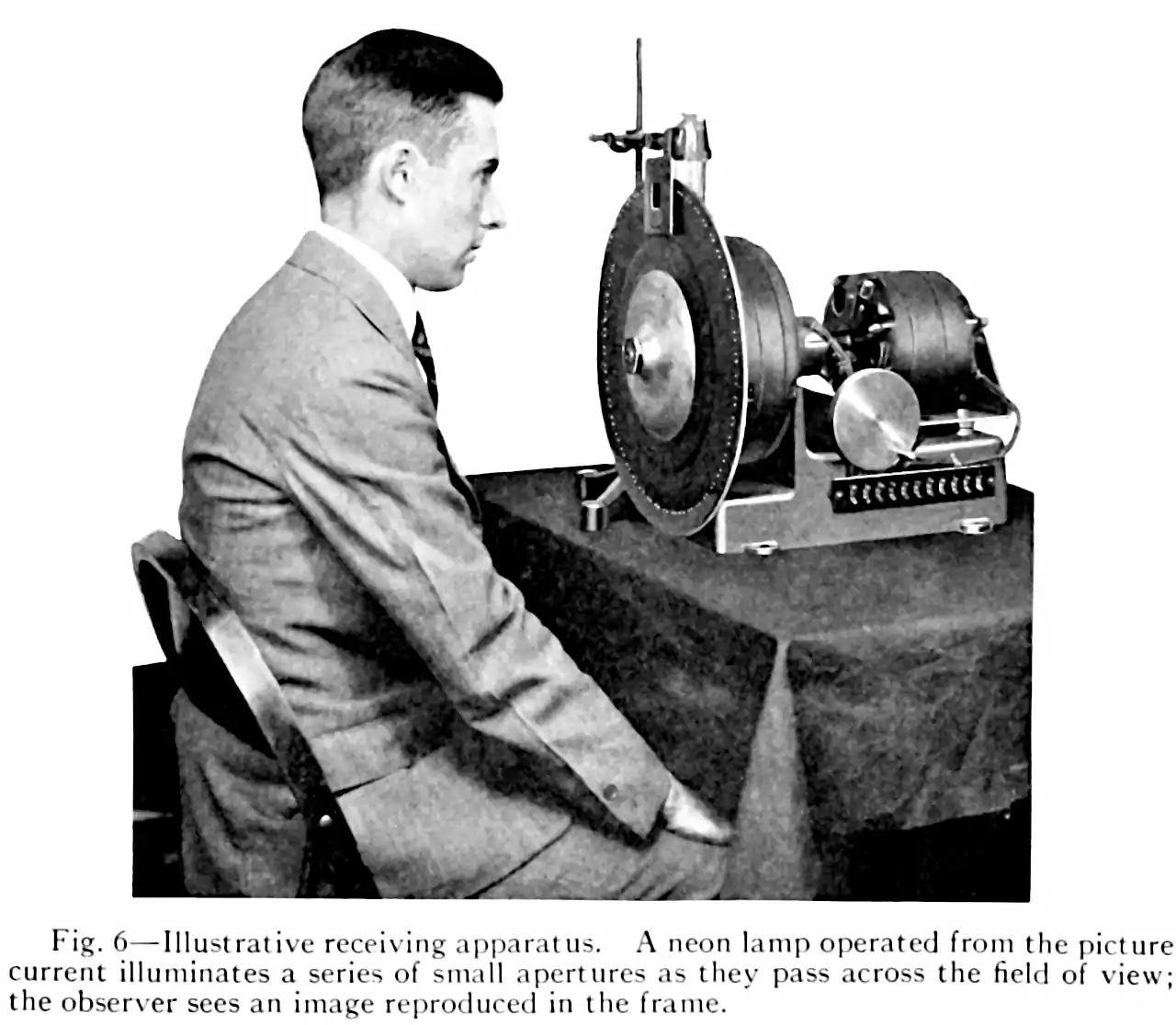Video conferencing
and other ways of working together, or at least around each other
2015-02-15 — 2022-08-09
Wherein video conferencing is surveyed as a catalogue of tools and practices, with attention paid to virtual hallways for serendipity and to technical routing of audio to manage meeting spaces.
Video chats for meetings and the like. One-on-one services… we have that sorted elsewhere — In particular, most chat clients seem to go at least OK-ish in that they include video chats also these days.1
Also Hangouts, Zoom, Red Dead Redemption, Gather, ASCII art via ASCIIZoom…
1 General tips
Basic level: How to protect your meetings from zoom bombing. How to run a productive meeting.
The mmhmm theory guide to ideal video content sharing, The Out-of-office World, speaks to me about best practice.
Smartarse level: Automate your participation in pointless zoom meetings! Style transfer your face to some other face while videoconferencing for fun and amusement! Automatically switch off the video if your underpants are visible! Play space invaders. Get a better webcam. Mutilate your audio signal as an excuse to leave with Zoom Escaper.
2 On virtual spaces
What about experiences which are not just productive meetings but actual virtual spaces? I mean in the sense that they can reproduce the affordances of actual offices, such as fostering both serendipitous interaction and also focus.
Two thinkpieces on this recommended to me recently:
- 31 Best Virtual Work Software Platforms & Tools For 2022
- How Our Virtual Office Empowered Us to Go Remote-First
Benedict Evans Solving online events
A conference, or an ‘event’, is a bundle. There is content from a stage, with people talking or presenting or doing panels and maybe taking questions. Then, everyone talks to each other in the hallways and over coffee and lunch and drinks. […] there are all of the meetings that you schedule because everyone is there. At a really big ‘conference’ many people don’t even go to the actual event itself. […]
The only part of that bundle that obviously works online today is the content. It’s really straightforward to turn a conference presentation or a panel into a video stream, but none of the rest is straightforward at all.
First, we haven’t worked out good online tools for many of the reasons people go to these events. Most obviously, we don’t have any software tool for bumping into people in the same field by random chance and having a great conversation. No one has ever really managed to take a networking event and put it online.[…] In other words, some conferences are built around creating a network in the hallways. If you take them online, there are no hallways.
Webb on simulating coffee-table encounters mentions an example at “!!Con 2020”. There are many attempts, e.g. Minglr (Song, Riedl, and Malone 2020) is a tool designed to facilitate mingling.
Can a better UI solve this issue? Robert Fabricant We’re in a golden age of UX. Why is video chat still stuck in the ’90s?
Also, who decided that a scrolling, vertical feed was the right way to represent the comments and input from the broader group of participants in Zoomland? What if our questions hung in the air around our heads (like thought bubbles) until we felt that they were sufficiently addressed? What if the other participants could migrate closer to us to show that they too, want to discuss that issue or topic? Perhaps the speech bubble could grow if others “join” and begin to crowd into the video window of the person who is leading the discussion until they respond?
Center for Scientific Collaboration and Community Engagement studies this stuff, producing guides, e.g. Woodley et al. (2020), pitched as Designing engaging online events to counteract Zoom fatigue and get stuff done:
Groups of six people or less are randomly assigned to breakout rooms, providing participants the opportunity to network and collaborate with new people. (It can be difficult for all participants to feel included and contribute within larger groups). Participants take turns introducing themselves and something about the work they are doing, the work they would like to do, or issues that are important to them. The group then decides on which idea to take forward, and collectively brainstorms how to get the project off the ground or how to solve the problem. A Collaborative Ideas session works well as a 60-90 minute session, providing enough time for participants to explore, discuss, and transcribe their ideas.
ICLR 2020 seemed to be widely acclaimed as a best-practice online conference. Their post about it should be mined for tips. Also because they are big nerds, they did machine learning on themselves
Where it made sense, we wanted to use machine learning in the design of the conference programme and experience itself. We used a latent variable model for review score calibration, a vision model to extract thumbnails from each paper to be used on the web, natural language tools to visualize related papers, and recommender systems to create sets of balanced recommendations for papers and participants
3 On background noise
This is the message I sent around my house:
Oh my friends, my beloved flatties! My fine and fair fellow travellers! How proud I am of your assiduous hydration! How proud I am of your attention to staunchly high fibre diets! How amply these are each demonstrated by both the marvellous power of your streams of urine, and the magnificent gravity of dambuster turds you are capable of dropping! However, may I recommend if you use the upstairs toilet when I am in a video meeting, you close BOTH doors to mask the sound. Because otherwise, anything between 1 and 100 people across our fair nation will also be acoustically invited to admire your laudably prodigious natural functions. And then: How could I restrain myself from enthusing about said functions at length in the middle of a meeting? Then my meeting will be off the rails and our nation’s science will grind to a halt! What I am saying is: Please help me to restrain myself from needing to gush effusively about your effusive gushing.
4 Routing audio
Here are some examples of setting up these systems for audio transmission using audio routers.
5 Routing video
See video routers.
6 Tools
6.1 mmhmm
Possibly the front-runner tool for creating maximalist interactive/fluid video interactions
6.2 Sprout
Custom HTML greeting-card-feel layouts
6.3 ohyay
ohyay also creates heterodox video experiences. ohyay demo videos
6.4 Laptops in space
Is funny. Laptops in Space
6.5 gather.town
gather.town attempts to simulate an 8-bit-videogame style virtual environment for discussion and so on. Very popular in the ML conference circuit.
Similar: Lozya.
6.6 Mozilla hubs
Share virtual spaces with your friends, co-workers, and communities. When you create a room with Hubs, you’ll have a private virtual meeting space that you can instantly share - no downloads or VR headset necessary.
7 Jitsi
Jitsi is an open source, free video chat app. AFAICT it is the only one here which makes an attempt to protect your data from the company which hosts it. It’s browser based and requires no download on desktop. The nice thing is that since it is open source, we are invited to modify it for whatever purpose we want.
Go ahead, video chat with the whole team. In fact, invite everyone you know. Jitsi Meet is a fully encrypted, 100% open source video conferencing solution that you can use all day, every day, for free — with no account needed.
Having used it successfully I recommend it; it handles unlimited length meetings with high security, unlike commercial competitors. I am told it can in practice handle up to 35-ish participants. It will permit up to 75 to attempt to meet.
I would like to know about the moderation features.
7.0.1 Minglr
Minglr is a hack of jitsi designed to foment ad hoc, serendipitous discussion. I do not know how good it is, but the fact that jitsi enables this kind of thing is nice.
Even though many people have found today’s commonly used videoconferencing systems very useful, these systems do not provide support for one of the most important aspects of in-person meetings: the ad hoc, private conversations that happen before, after, and during the breaks of scheduled events—the proverbial hallway conversations. Here we describe our design of a simple system, called Minglr, which supports this kind of interaction by facilitating the efficient matching of conversational partners. We also describe a study of this system’s use at the ACM Collective Intelligence 2020 virtual conference. Analysis of our survey and system log data provides evidence for the usefulness of this capability, showing, for example, that 86% of people who used the system successfully at the conference thought that future virtual conferences should include a tool with similar functionality. We expect similar functionality to be incorporated in other videoconferencing systems and to be useful for many other kinds of business and social meetings, thus increasing the desirability and feasibility of many kinds of remote work and socialising.
7.2 mmhmm
mmhmm is a multi-person-presentation-oriented video conference app.
7.3 Zoom
Zoom seems to be the current default. It is famed for its lackadaisical approach to confidentiality users and their conversations:
Zoom’s privacy page states:
“Whether you have Zoom account or not, we may collect Personal Data from or about you when you use or otherwise interact with our Products.”
This includes, but is not limited to, your physical address, phone number, your job title, credit and debit card information, your Facebook account, your IP address, your OS and device details, and more.
It has been caught covertly tracking you for Facebook. (UPDATE: Fixed when busted.) It actively monitors content in some ill-explained way. There has been such a copious fountain of zoom security gaffes that zoom-bashing feels a faddish sport. I call this the Zoom gloom boom. The latest zoom-gloomer is the company’s own CEO who seem to admit that they intend to monitor users.
Corporate clients will get access to Zoom’s end-to-end encryption service now being developed, but Yuan said free users won’t enjoy that level of privacy, which makes it impossible for third parties to decipher communications.
“Free users for sure we don’t want to give that because we also want to work together with FBI, with local law enforcement in case some people use Zoom for a bad purpose,” Yuan said on the call.
As with Skype, you can reduce the harm of this bit of spyware by not using the app, instead opting to keep the video chat sandboxed in your browser. Regardless of such precautions, it, like Skype, is not end-to-end encrypted so you should expect your calls to get intercepted by nation-state or other in addition to whatever the company does internally with your data.
7.4 Skype
Skype is elderly battle-tested video software whose major advantage is inertia. Downsides include the fact that it is honeypot spyware, that reads your passwords and records your messages for unaccountable American surveillance programs. You could run it in a docker jail, but it is probably simpler to use the web client. This will still let them monitor your calls, but at least it won’t waste your disk space or require you to install their suspect dumpster fire app.
update is Skype just an MS Teams plugin now?
8 References
Footnotes
Maybe check out someone else’s listing if you want to go deeper on that question.↩︎


